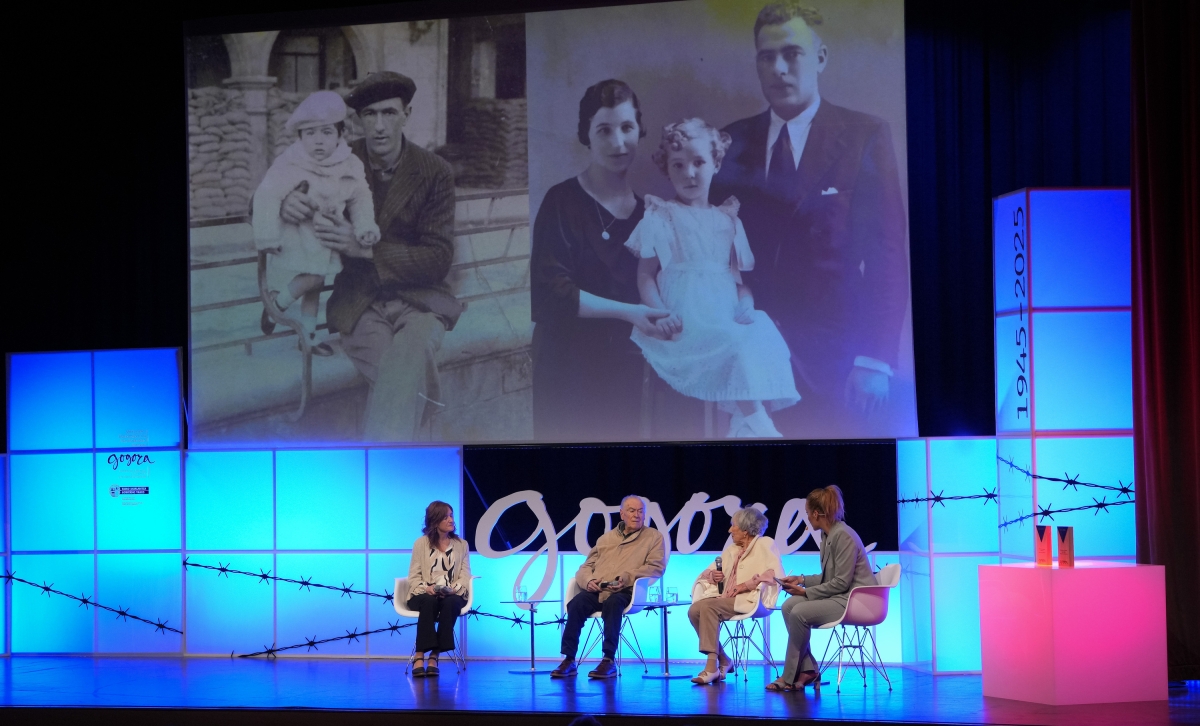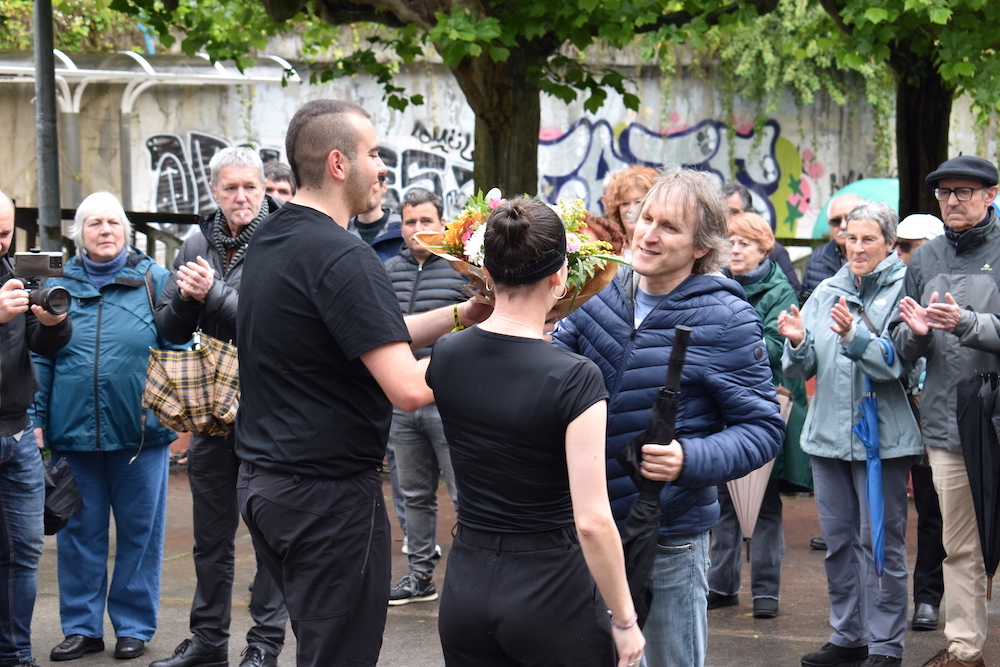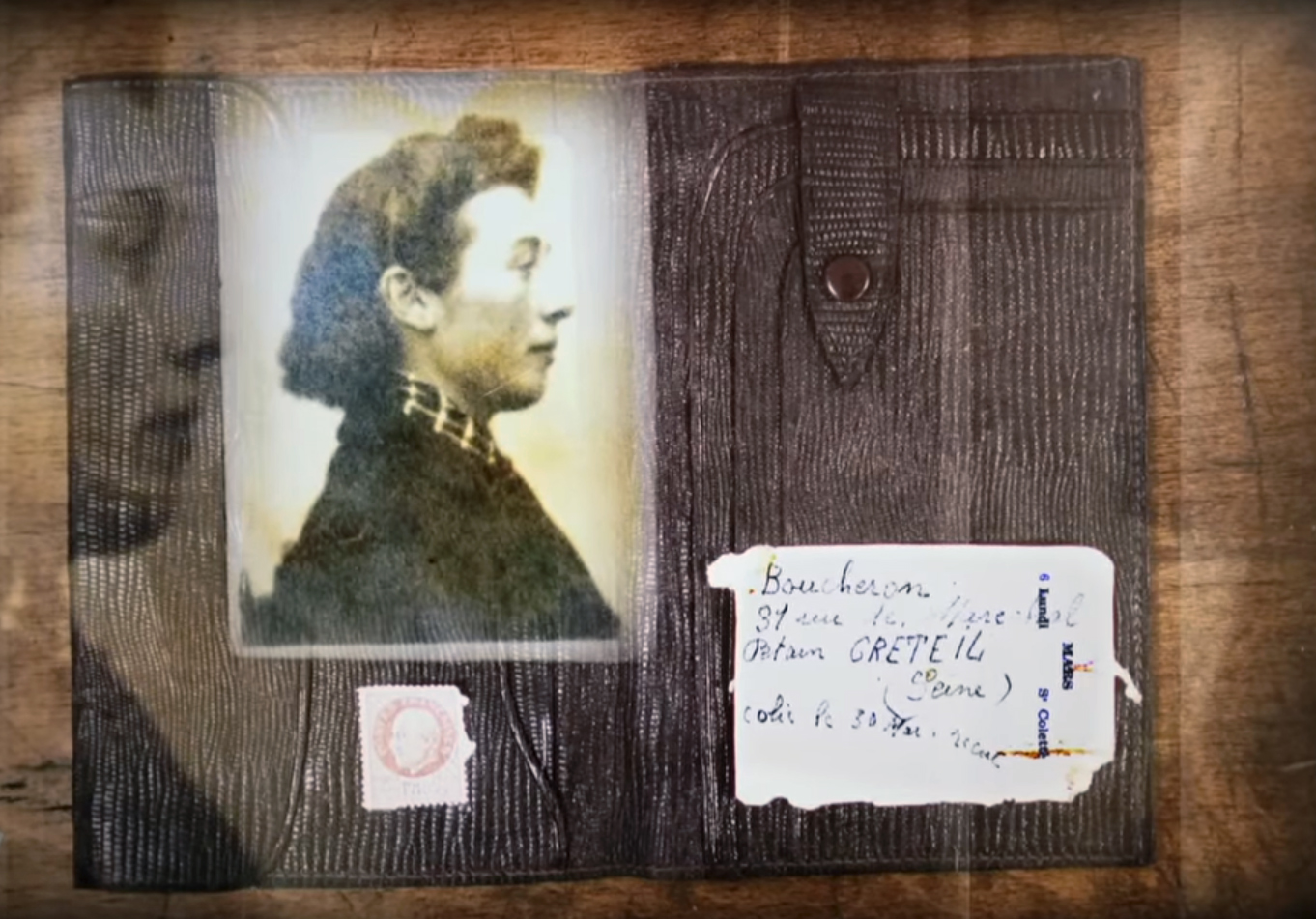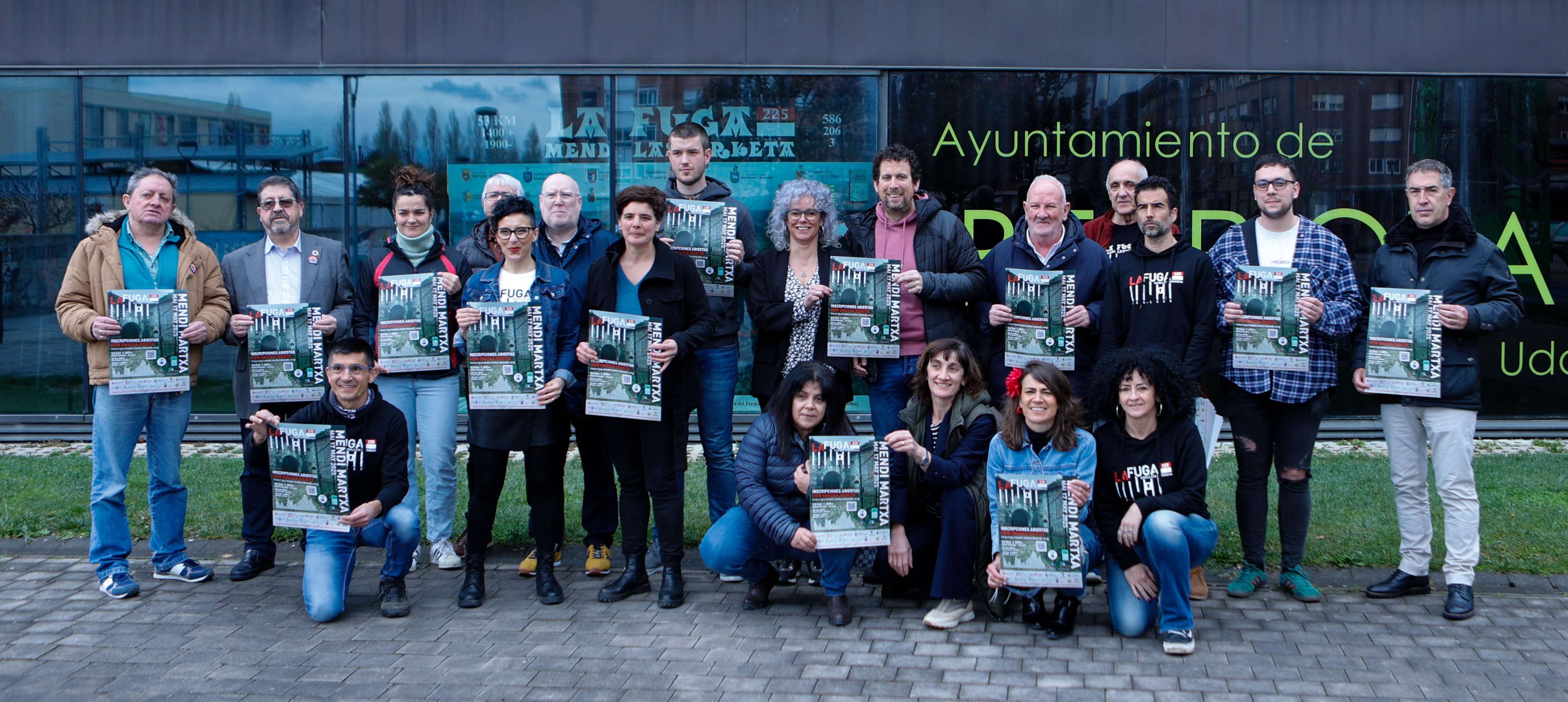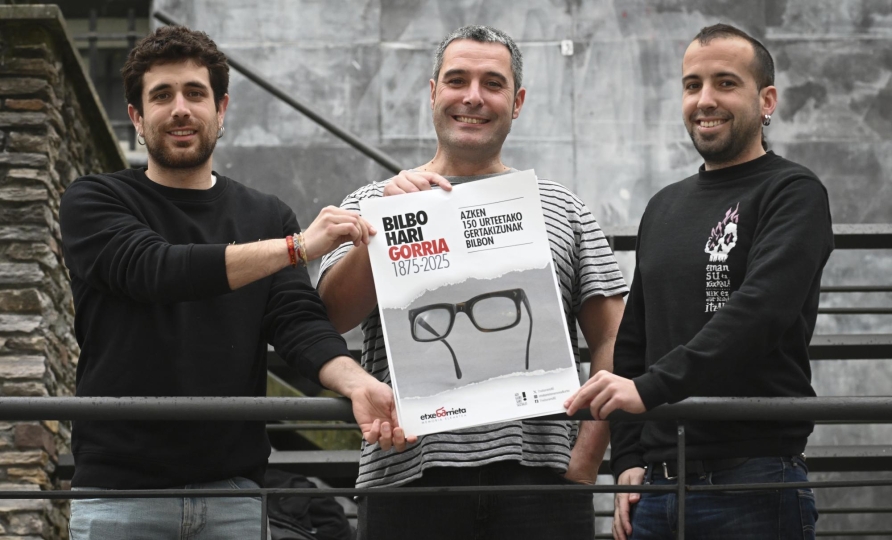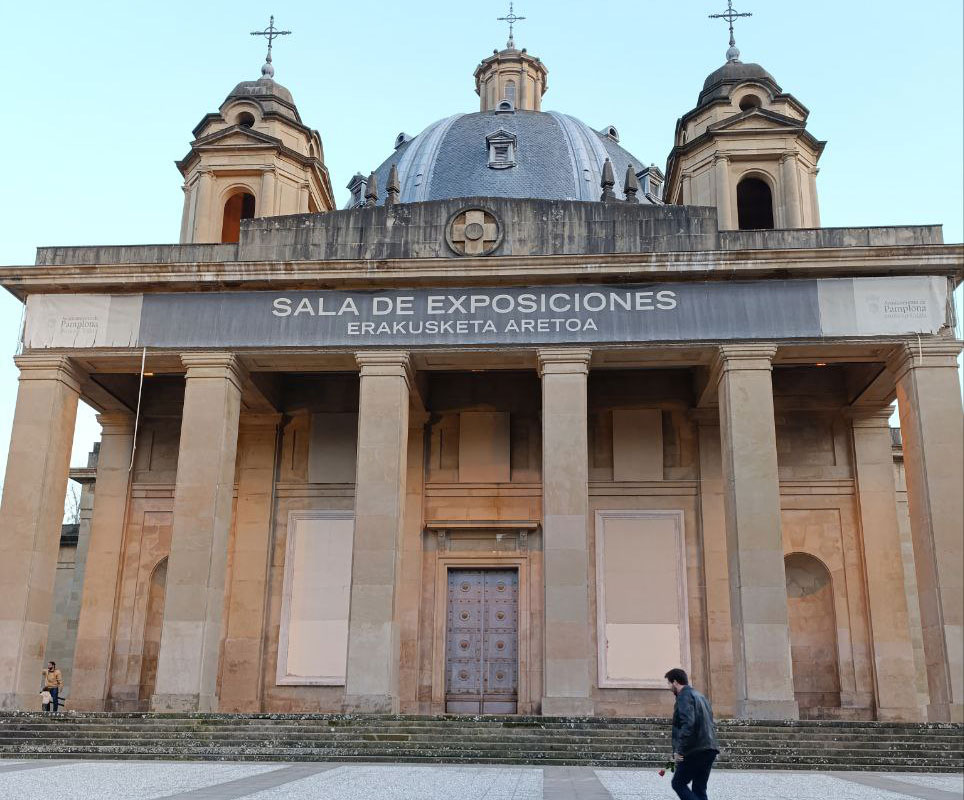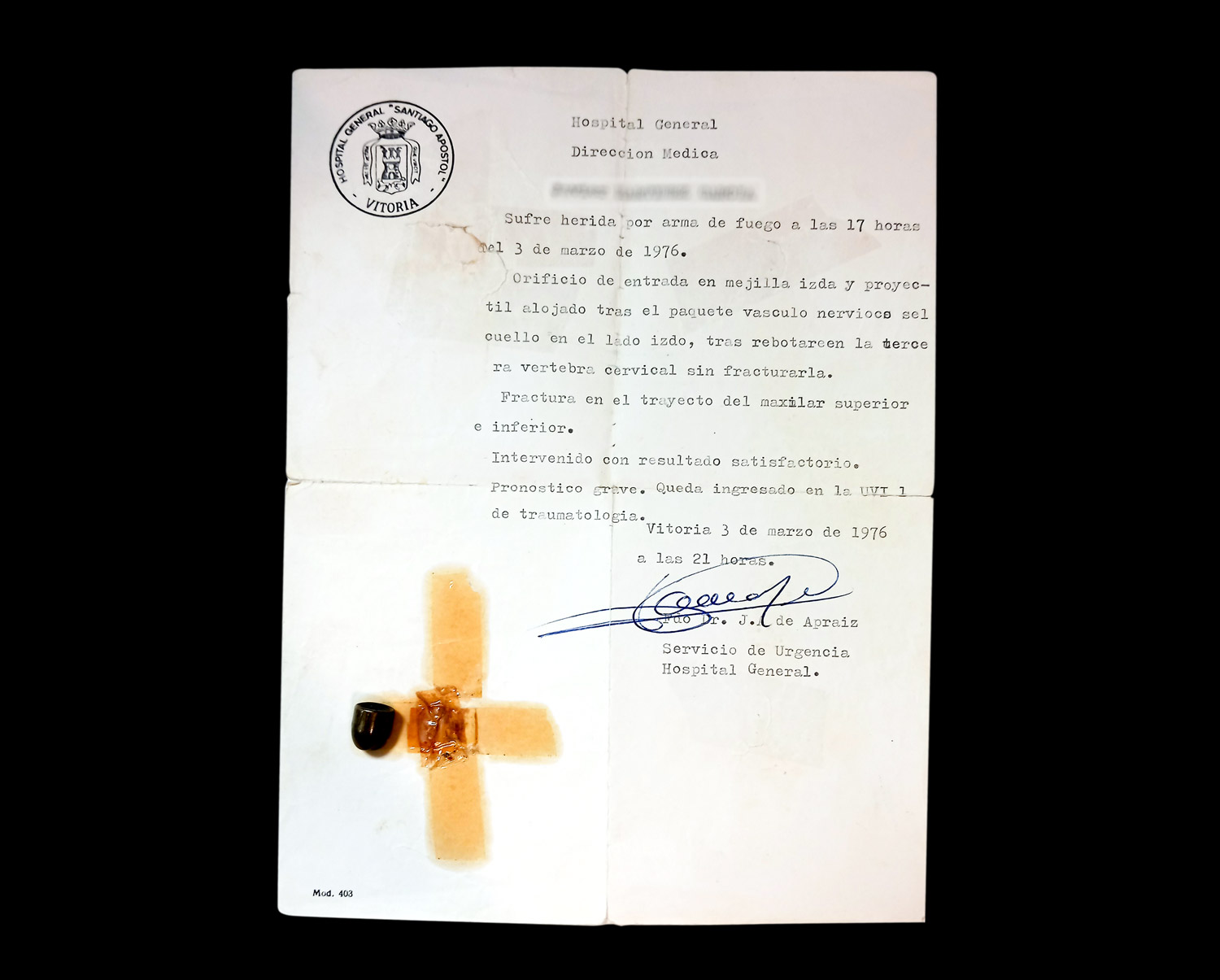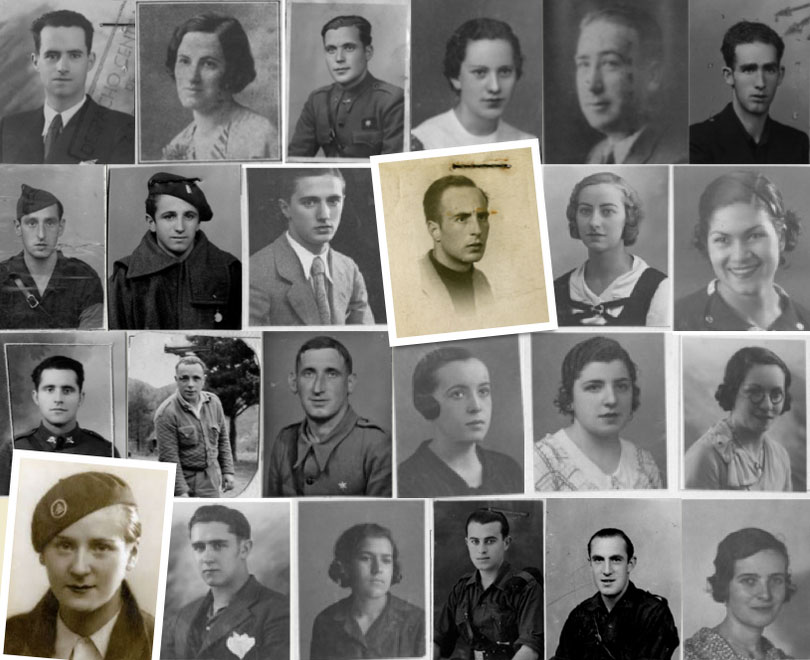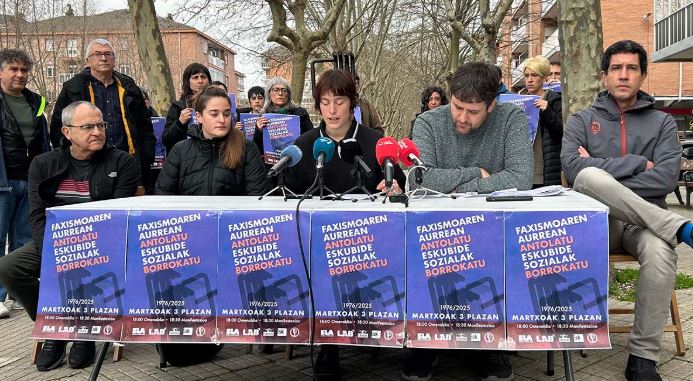A Basque child of war resumes in Georgia
- Tbilisi (Georgia), 1991. Martina Mintegui Bilbao died at age 65 and is buried with her husband, the writer Guivi Goguichaishvili.
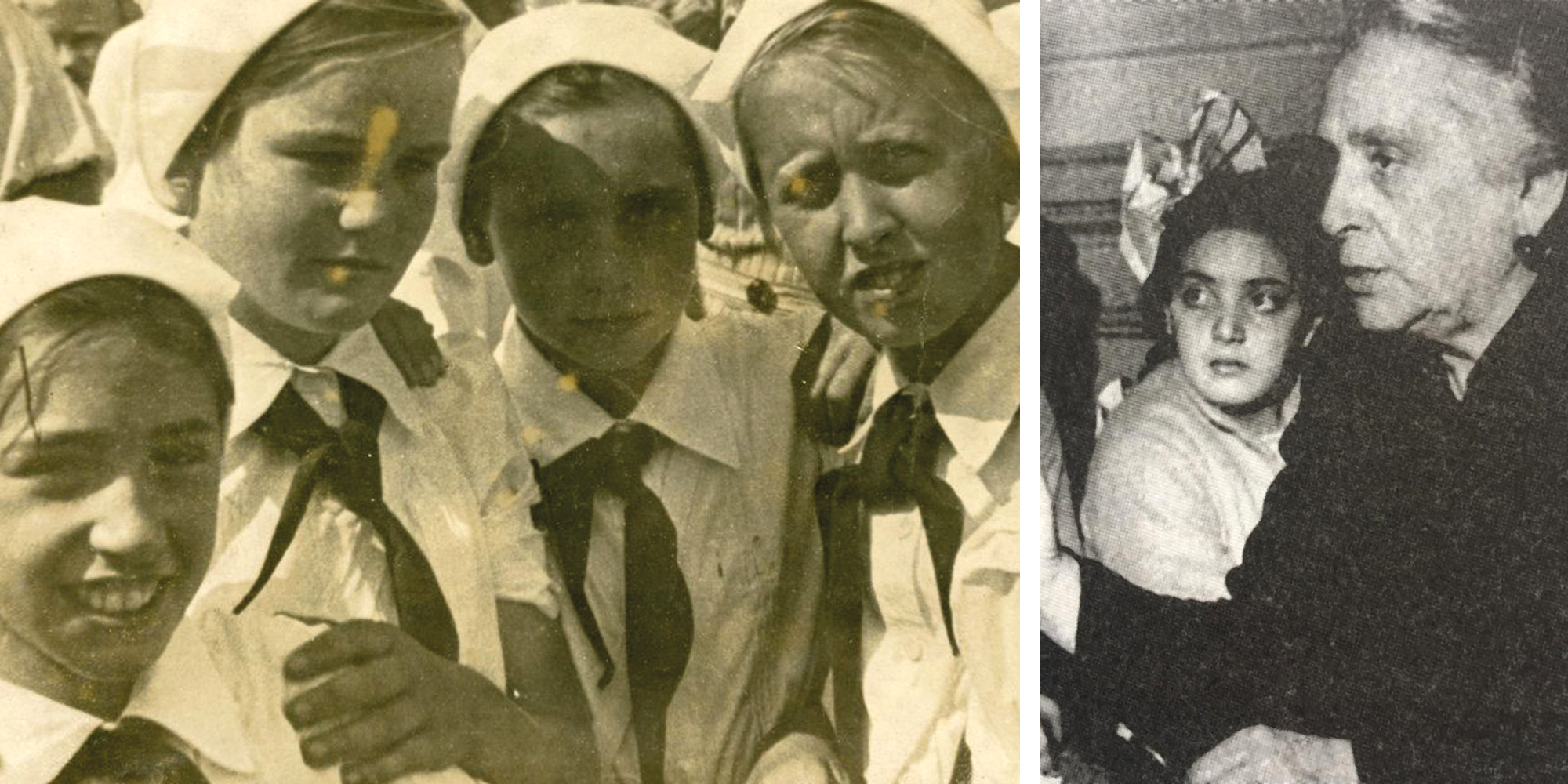
Martina was transferred from the Basque Country at the age of 11 to the Soviet Union. In the spring of 1937, bombing Durango and Gernika, General Mola started an offensive and the situation worsened significantly on the northern front: the Basque Government, created the previous year, with the permission of its parents, organized an evacuation of children from 3 to 14 years with governments from various friendly states. They brought to France some 15,000 Basque children, almost 4,000 to the United Kingdom and 1,500 to the Soviet Union – according to the Francisco Largo Caballero foundation, it was 1,495, while the Russian Red Cross says it was 1,765 children.
Most of the children who were taken to France, Belgium or the United Kingdom were not long in exile and returned home when the Second World War broke out. But the USSR actively participated in the 1936 war, betting on the Republicans and, consequently, did not allow the “Russian children” to return. Like Martin, many would live in exile. And after fleeing war, a few years later they had to live a German offensive, leading some of the oldest displaced children in Euskal Herria.
They are called “Russian children”, although many were transferred to other countries, such as Ukraine. Martina Mintegui was transferred to Moscow, Pirogovskaya refuge. There he spent four years, until another war forced them to evacuate again. Martina was taken to Georgia next to the other children in the hostel.
In 1966 he had the opportunity to return to Euskal Herria. Despite his visit, he returned to Georgia. Mintegui compiled in writing the memories of childhood, the customs of Euskal Herria, the evacuation of 1937, that of 1941… and in 1972 published a book.
Otar Chichinadze, a Georgian physician and philanthropist, confesses that he first read Mintegui's testimony in tears. And 50 years later he translated the book into Spanish. The editorial Favorit has published under the title My Basque Country (My Basque Country). In the words of Martina’s daughter, Nanita, “to reedit the book has been somehow to resurrect the parents.”
Salvador Puig Antich frankismoaren kontrako militantea izan zen. Askapen Mugimendu Iberikoko kidea, 1973ko irailaren 25ean atxilotu zuten. Gerra-kontseilua egin zioten, eta garrotez exekutatu zuten handik sei hilabetera, 1974ko martxoaren 2an. Aurtengo otsailean baliogabetu du... [+]
Kirola eta oroimena uztartuko dituzte, bigarrenez, mendi-martxa baten bitartez. Ez da lehiakorra izanen, helburua beste bat delako. La Fuga izeneko mendi martxak 1938ko sarraskia gogorarazi nahi du. Ezkabako gotorlekuan hasi eta Urepelen amaituko da. Maiatzaren 17an eginen dute.
Fusilamenduak, elektrodoak eta poltsa, hobi komunak, kolpismoa, jazarpena, drogak, Galindo, umiliazioak, gerra zikina, Intxaurrondo, narkotrafikoa, estoldak, hizkuntza inposaketa, Altsasu, inpunitatea… Guardia Zibilaren lorratza iluna da Euskal Herrian, baita Espainiako... [+]
Gogora Institutuak 1936ko Gerrako biktimen inguruan egindako txostenean "erreketeak, falangistak, Kondor Legioko hegazkinlari alemaniar naziak eta faxista italiarrak" ageri direla salatu du Intxorta 1937 elkarteak, eta izen horiek kentzeko eskatu du. Maria Jesus San Jose... [+]
Familiak eskatu bezala, aurten Angel oroitzeko ekitaldia lore-eskaintza txiki bat izan da, Martin Azpilikueta kalean oroitarazten duen plakaren ondoan. 21 urte geroago, Angel jada biktima-estatus ofizialarekin gogoratzen dute.
Bilbo Hari Gorria dinamikarekin ekarriko ditu gurera azken 150 urteetako Bilboko efemerideak Etxebarrieta Memoria Elkarteak. Iker Egiraun kideak xehetasunak eskaini dizkigu.
33/2013 Foru Legeari Xedapen gehigarri bat gehitu zaio datozen aldaketak gauzatu ahal izateko, eta horren bidez ahalbidetzen da “erregimen frankistaren garaipenaren gorespenezkoak gertatzen diren zati sinbolikoak erretiratzea eta kupularen barnealdeko margolanak... [+]
1976ko martxoaren 3an, Gasteizen, Poliziak ehunka tiro egin zituen asanbladan bildutako jendetzaren aurka, zabalduz eta erradikalizatuz zihoan greba mugimendua odoletan ito nahian. Bost langile hil zituzten, baina “egun hartan hildakoak gehiago ez izatea ia miraria... [+]
Memoria eta Bizikidetzako, Kanpo Ekintzako eta Euskarako Departamentuko Memoriaren Nafarroako Institutuak "Maistrak eta maisu errepresaliatuak Nafarroan (1936-1976)" hezkuntza-webgunea aurkeztu du.












